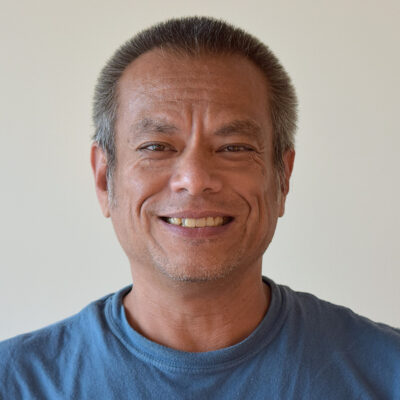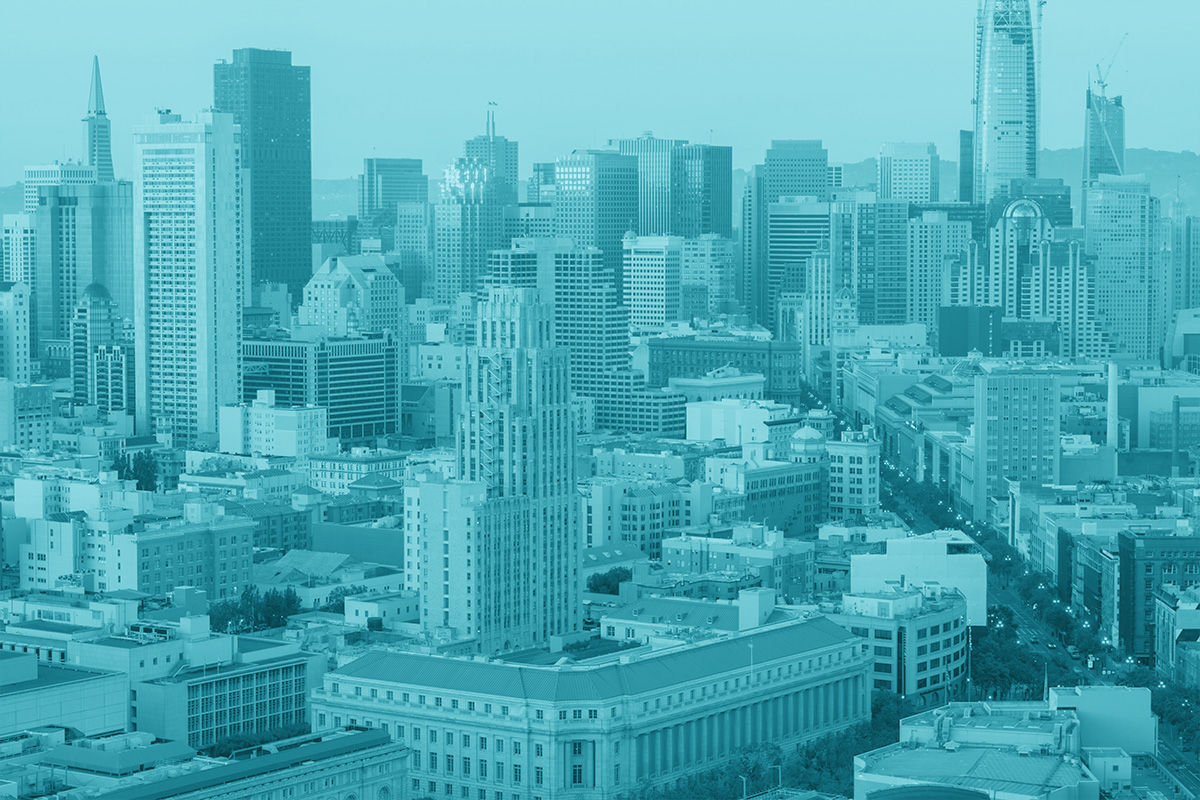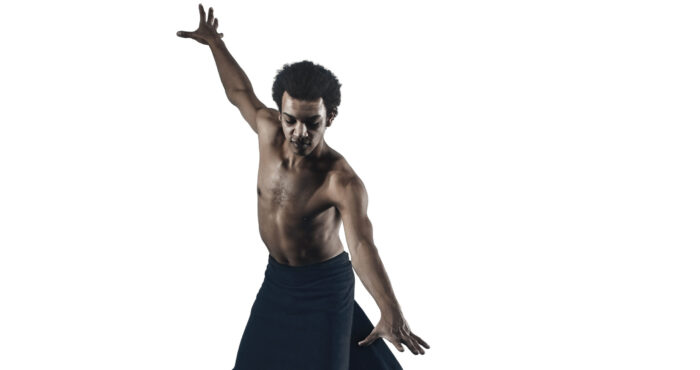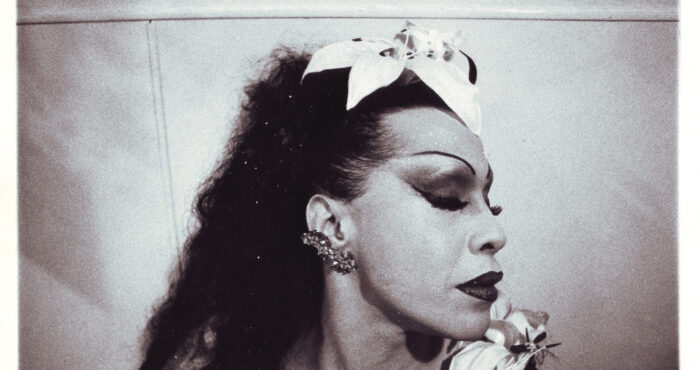Sparking conversations & shifting perceptions among and for the A&PI community
Over all of the years that I’ve been working with and advocating for people living with HIV, some of my most meaningful experiences have been with the Asian and Pacific Islander (A&PI) community. The Elizabeth Taylor 50-Plus Network, the program I manage at San Francisco AIDS Foundation, works with A&PI communities through inter-generational collaborations with local organizations like Gay Asian Pacific Alliance (GAPA).
I’m impressed by A&PI activists these days. They are respectful of my generation’s experience—they want to know what happened in the early days of the epidemic and our stories from that time. But it wasn’t always easy to call attention to the needs and issues of A&PI communities.
There was a myth—when I lived in New York in the ‘80s—that Asian men couldn’t get HIV. When I first started doing work in the field of HIV, A&PI communities were counted on HIV surveillance and other reporting tools under “other.” It’s odd to remember that an HIV counselor told me to check “Caucasian” as my race on a form once when I couldn’t figure out how to identify (I am Pacific Islander). At that time, I didn’t speak up because I didn’t know that was an option. Over time and through my work, I’ve learned how to use those situations—when you’re not counted or recognized—to further your cause. You have to speak up, and to demand a seat at the table.
I did speak up when I came out publicly as a person living with HIV in Guam, on World AIDS Day in 1992. I was told that I was the first Pacific Islander person to come out publicly, because at the time people were afraid of being stigmatized and persecuted for being HIV-positive.
It wasn’t an easy decision to decide to publicly reveal my status. I remember talking to a friend after I got the invitation to speak at Guam’s 1992 World AIDS Day event, who told me, ‘I’d rather regret the things that I’ve done rather than the things I haven’t done.’ And I just thought, ‘Oh god. That means I’m doing this!’
The talk I gave was incredibly well-received, even though I was worried I would be attacked or shamed. I remember kids from the local high school I attended showed up. The family members I still had in Guam showed up. Local politicians and other bigwigs were there. A film was made capturing a lot of what happened called “Out in Silence.”
One of my aunts told me to speak my truth during my speech. She said to me, ‘Nobody is going to hurt you, because you are my SON!’ I think she also told all of my butch uncles that they needed to be nice to me because I was family, one of them. The support she gave both before and after I came out as HIV-positive was just incredible.
I went back to live in San Francisco after the World AIDS Day event in Guam, but my ties to the Pacific Island community stayed strong. Every year or so, I would go back to Guam for various HIV/AIDS related events.
In 1996, I had the opportunity to take the NAMES Project Memorial Quilt to Guam. It was such a meaningful and emotional week. I met a young woman who was looking for her brother, John’s panel. We started talking, and I realized that I knew her brother—he was my aerobics instructor when I lived in New York back in the 80’s. I didn’t know that he had died.
I gave a talk that week, and at the end of my talk dedicated the day to my friend, and then named 30 of my A&PI friends and people in San Francisco and across the country I had lost in the two years leading up to the quilt display. When we were walking to dinner, I was approached by a man who thanked me for honoring his son, John. He told me, ‘He was a good boy. I only wish I had been a better father.’ I found out that at the time John died he had been disowned by his parents.
In the years that followed I had the opportunity to serve the A&PI community in other ways in the U.S. and internationally—as director of the first community-based organization funded to do work in the Pacific, by conducting a national HIV testing study for Asian men at Georgetown, as the regional coordinator for a coalition of regional networks within the Asia Pacific region based in Bangkok, and by building up an HIV advocacy network across Asia & the Pacific. I was on the UNAIDS Program Coordinating Board (UNAIDS PCB) where we developed the Getting to Zero Initiative.
Even now in San Francisco, it can be difficult to call attention to the HIV-related needs of A&PI people in San Francisco and the U.S., since the proportion of A&PI people who seroconvert every year and the number of A&PI people living with HIV every year seems small when compared to the proportion and number of people of other races.
But Asian populations in the U.S. are growing, and the number of HIV diagnoses among A&PI people has increased in recent years. The Centers for Disease Control and Prevention have shared that 1 in 5 Asians living with HIV in the U.S. does not know they are infected.
We’ve always had to fight for a place at the table, and we’re ready to continue that fight for every person in our A&PI community.
—
May is Asian/Pacific American Heritage Month, a celebration of Asians and Pacific Islanders in the United States. Learn more about Asian/Pacific Heritage Month.










